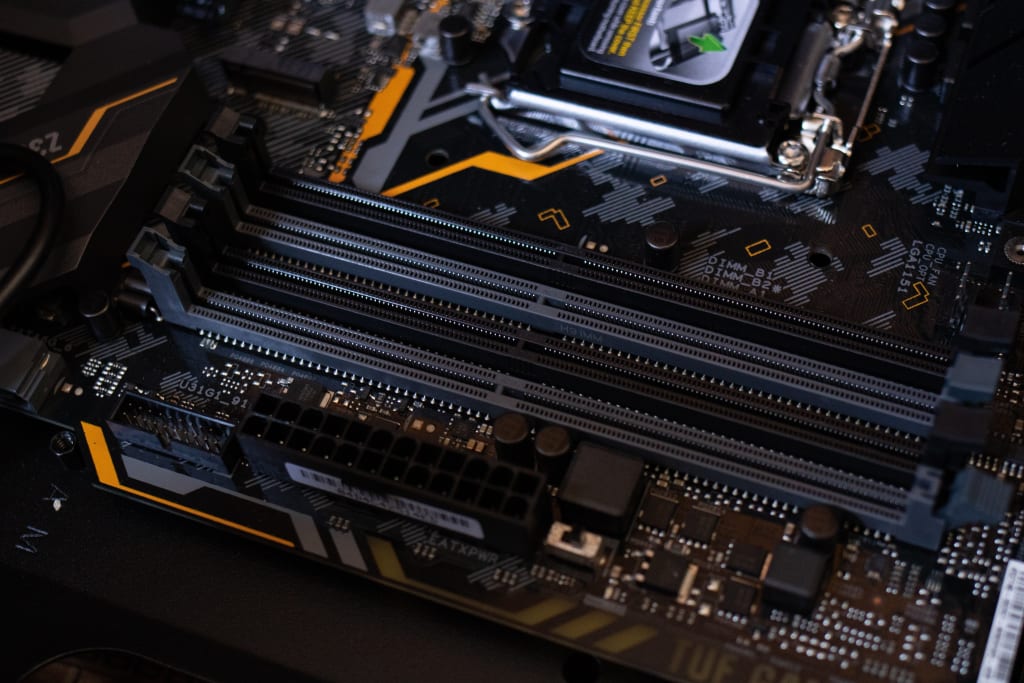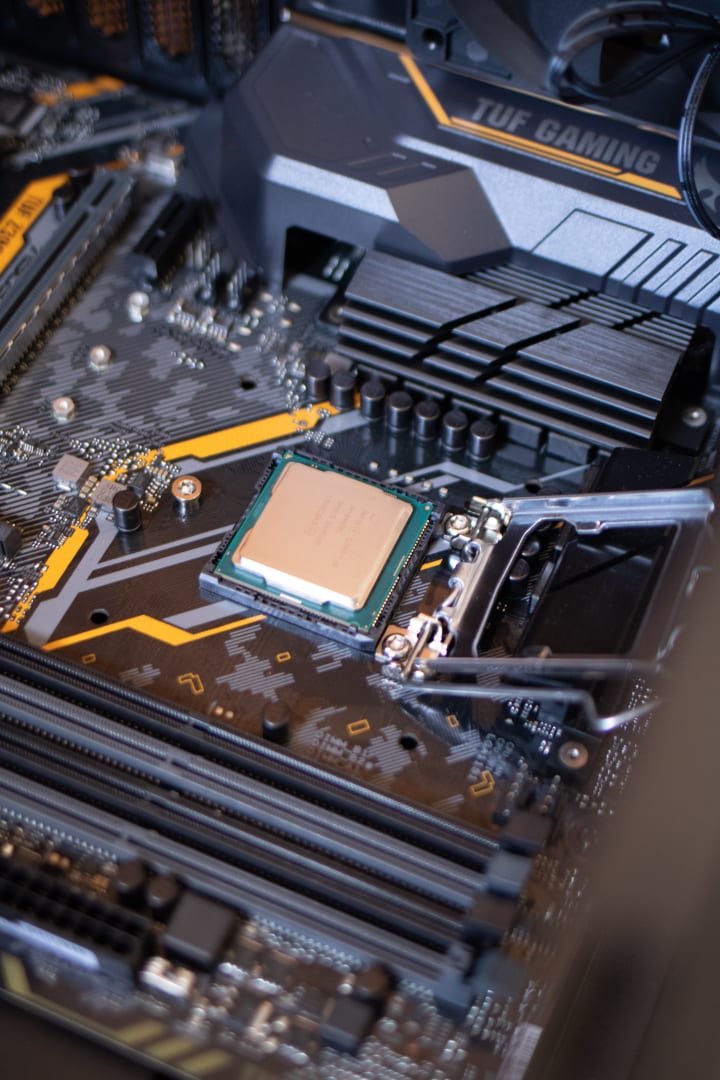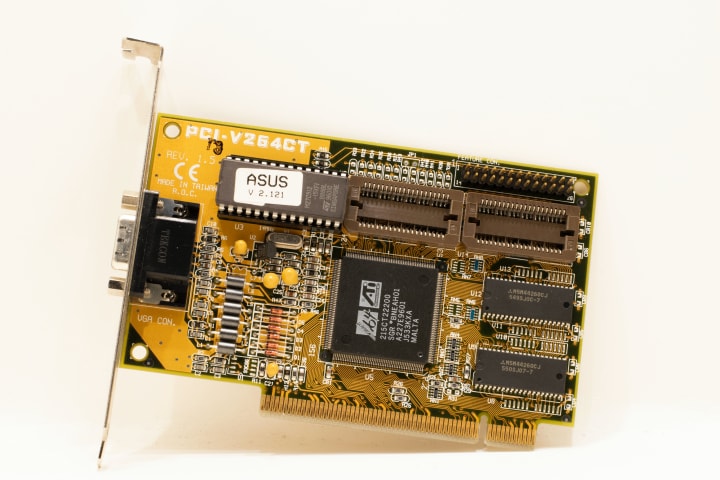
In the world of modern computing, graphics cards have become the unsung heroes of our digital lives. These unassuming pieces of hardware play a pivotal role in rendering breathtaking visuals, powering the latest video games, and accelerating complex tasks like 3D modeling and video editing. While many of us recognize the importance of a powerful graphics card, there's often more to these devices than meets the eye. In this article, we'll take a deep dive into the world of graphics cards, exploring their history, the key components, and the evolution of these indispensable hardware components.
A BRIEF HISTORY
Graphics cards, also known as GPUs (Graphics Processing Units), have come a long way since their inception. The roots of modern graphics cards can be traced back to the 1970s when researchers and engineers began developing specialized hardware to accelerate graphical tasks. The first commercial GPU, the Intel 82720, was released in 1976, and while it may seem primitive by today's standards, it was a significant step forward in graphics processing.
Throughout the 1980s and 1990s, graphics cards became increasingly powerful and capable, paving the way for the era of 3D gaming. NVIDIA and ATI (now part of AMD) emerged as key players in this field, pushing the envelope in terms of graphics card technology.
KEY COMPONENTS OF A GRAPHICS CARD
To understand the inner workings of a graphics card, let's break down its key components:
GPU (Graphics Processing Unit): The heart of the graphics card, the GPU is responsible for executing complex calculations necessary to render images and animations. It contains thousands of tiny cores that work in parallel to process data.
VRAM (Video Random Access Memory): VRAM is specialized memory used by the GPU to store textures, frame buffers, and other data. The amount and speed of VRAM greatly influence a graphics card's performance.
PCB (Printed Circuit Board): This is the physical board that holds all the components and provides connectivity to the rest of the system.
Cooling System: During operation, graphics cards produce a substantial amount of heat. To prevent overheating, cooling systems, which typically consist of fans and heat sinks, are employed to dissipate this heat.
Connectors: Graphics cards are equipped with various connectors, such as HDMI, DisplayPort, and DVI, to connect to monitors and other devices.

EVOLUTION AND ADVANCEMENTS
Graphics card technology has seen remarkable advancements over the years. Here are some key developments:
Ray Tracing: Recent generations of graphics cards have introduced hardware-accelerated ray tracing, a rendering technique that simulates how light interacts with objects in a scene. This results in stunning, realistic visuals in games and other applications.
AI and Machine Learning: GPUs have found applications beyond gaming. They are now used for AI and machine learning tasks, as they excel in parallel processing, making them ideal for training neural networks and running complex AI algorithms.
Cryptocurrency Mining: Graphics cards have also become popular for cryptocurrency mining due to their processing power. This has caused fluctuations in graphics card availability and pricing, which has had an impact on gamers and enthusiasts.
Energy Efficiency: Manufacturers have made significant strides in improving the energy efficiency of graphics cards. More power-efficient designs and technologies like NVIDIA's Max-Q have emerged to balance performance and power consumption.

CONCLUSION
Graphics cards have evolved from humble beginnings to become powerhouses of computational prowess, enabling us to experience immersive virtual worlds and handle complex tasks with ease. As technology continues to advance, the graphics card industry will undoubtedly push the boundaries of what is possible in the world of digital visuals and processing. So the next time you marvel at breathtaking game graphics or render complex 3D models, remember the unsung hero working tirelessly inside your computer: the graphics card.





Comments
There are no comments for this story
Be the first to respond and start the conversation.